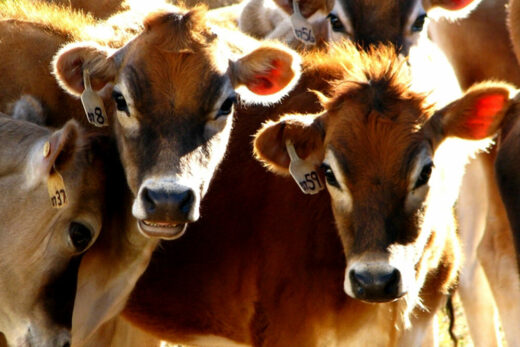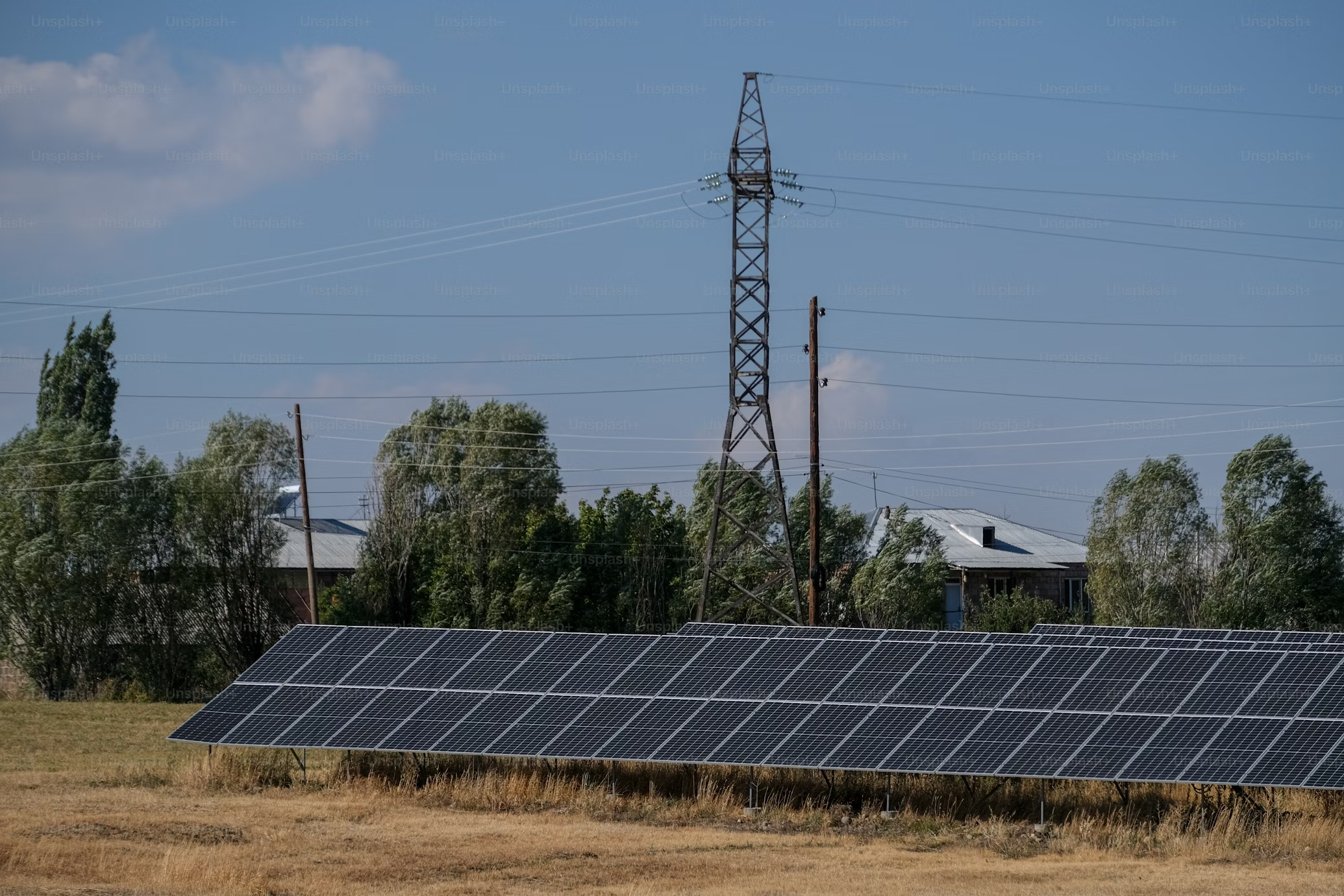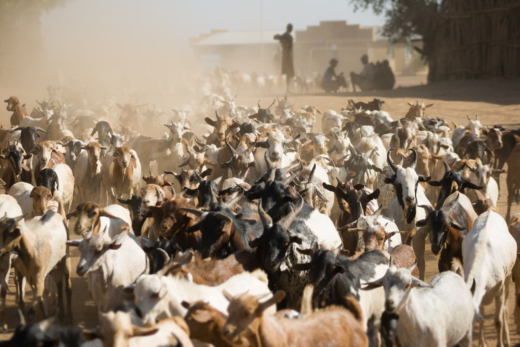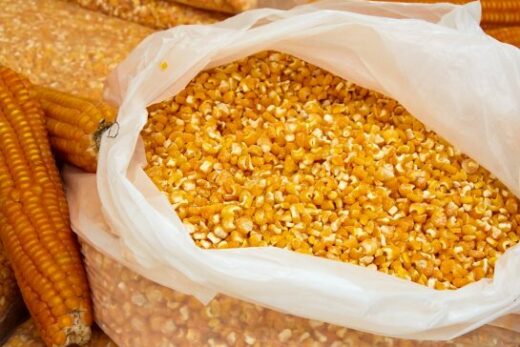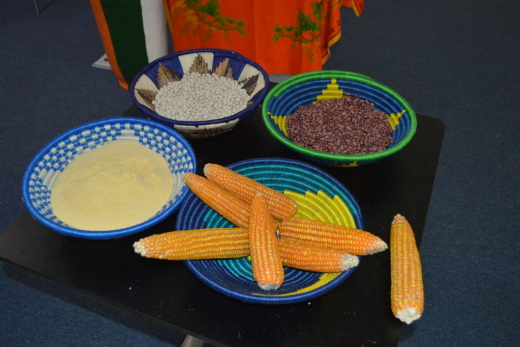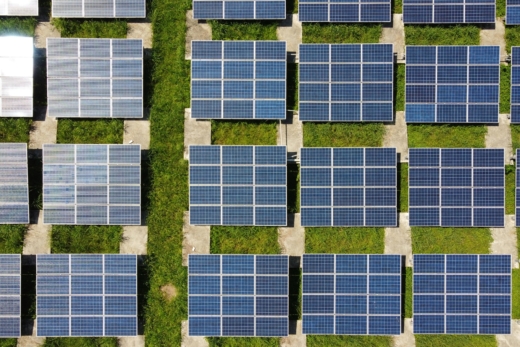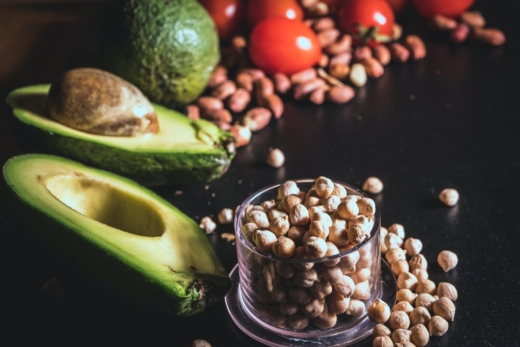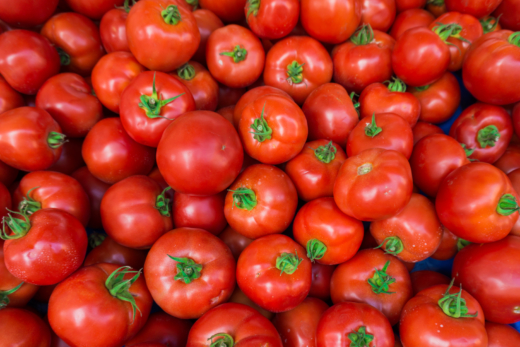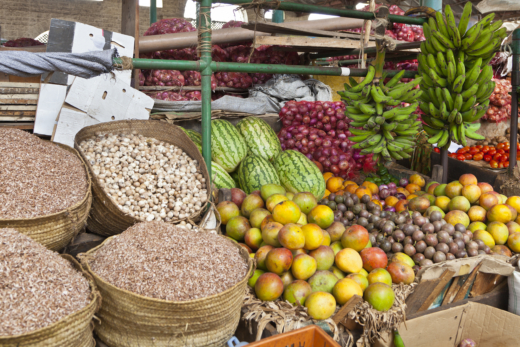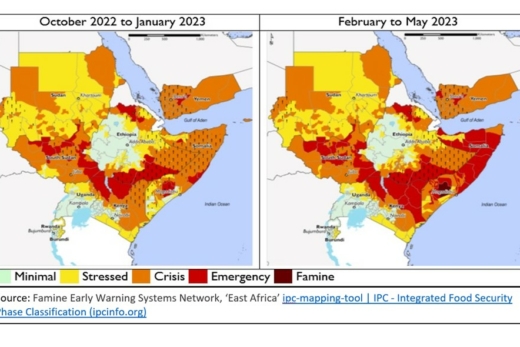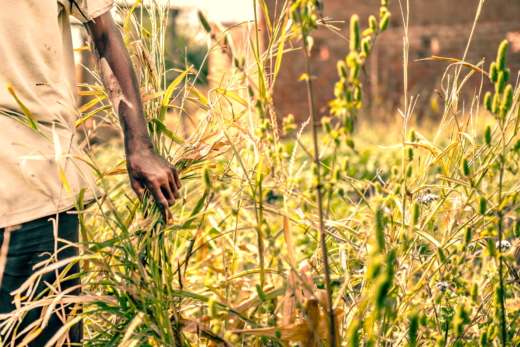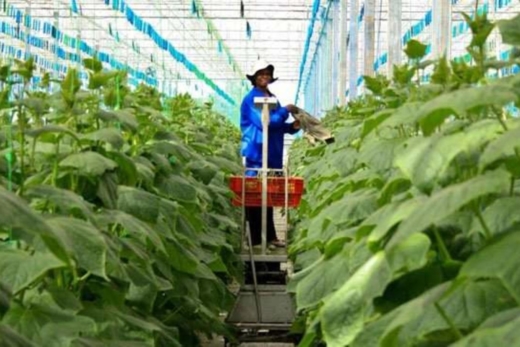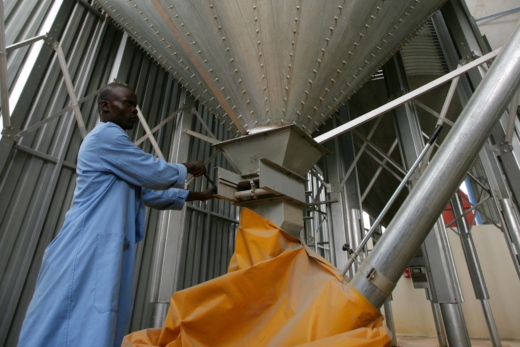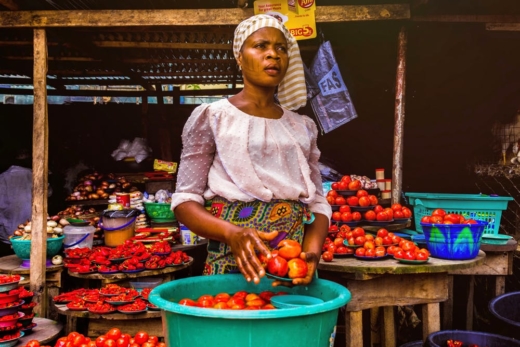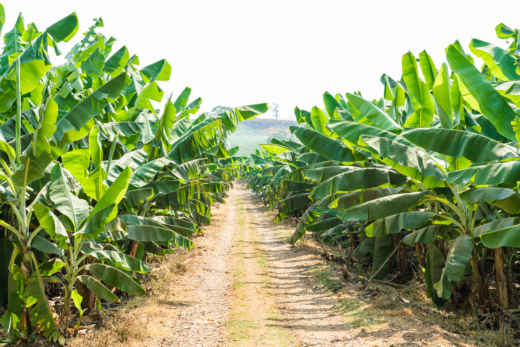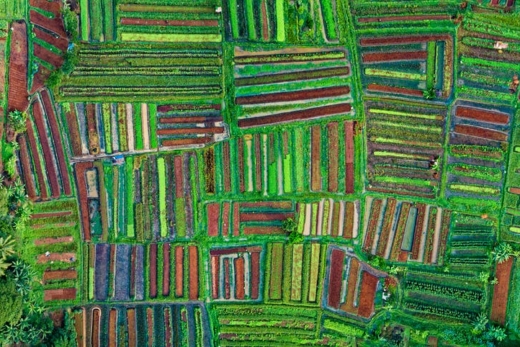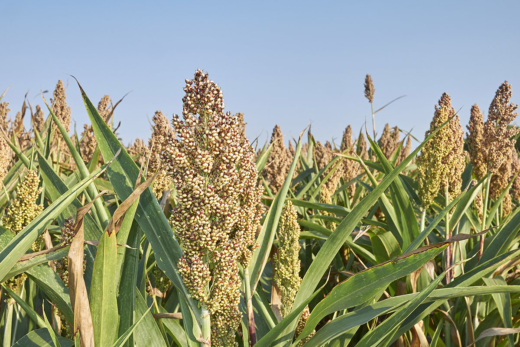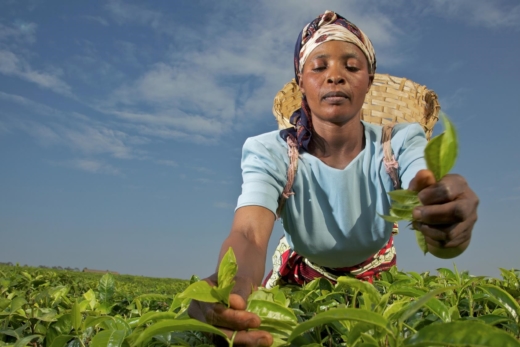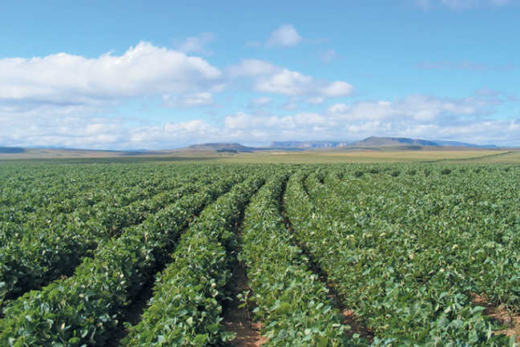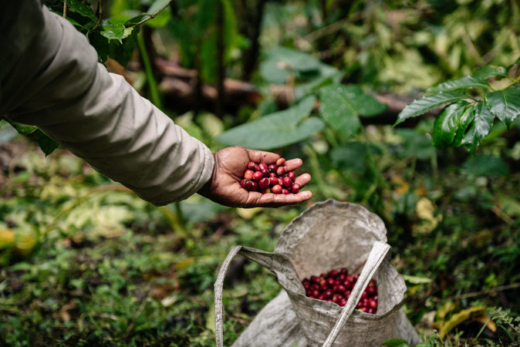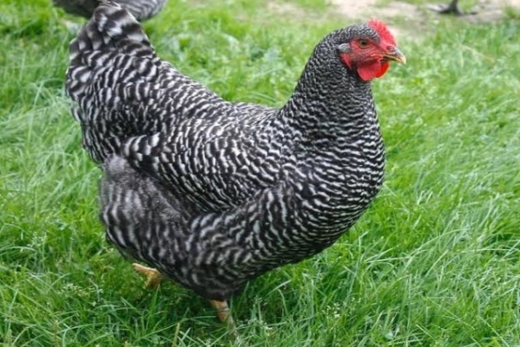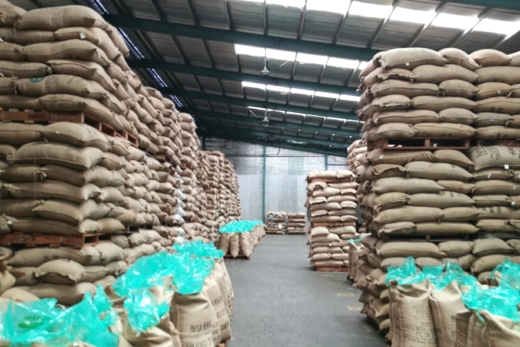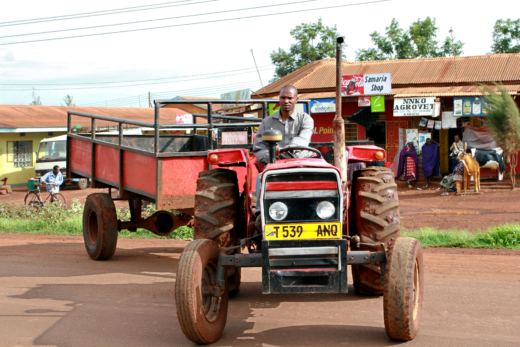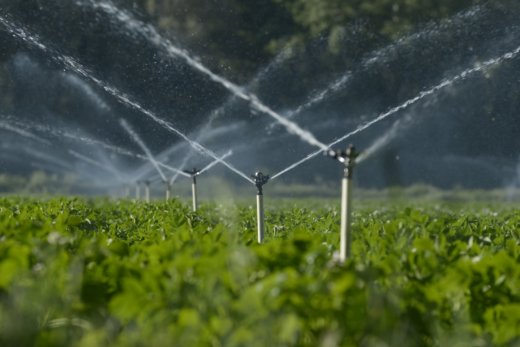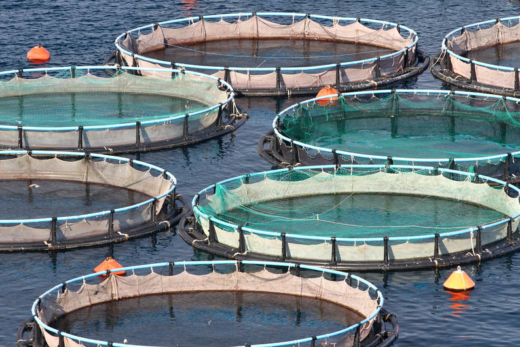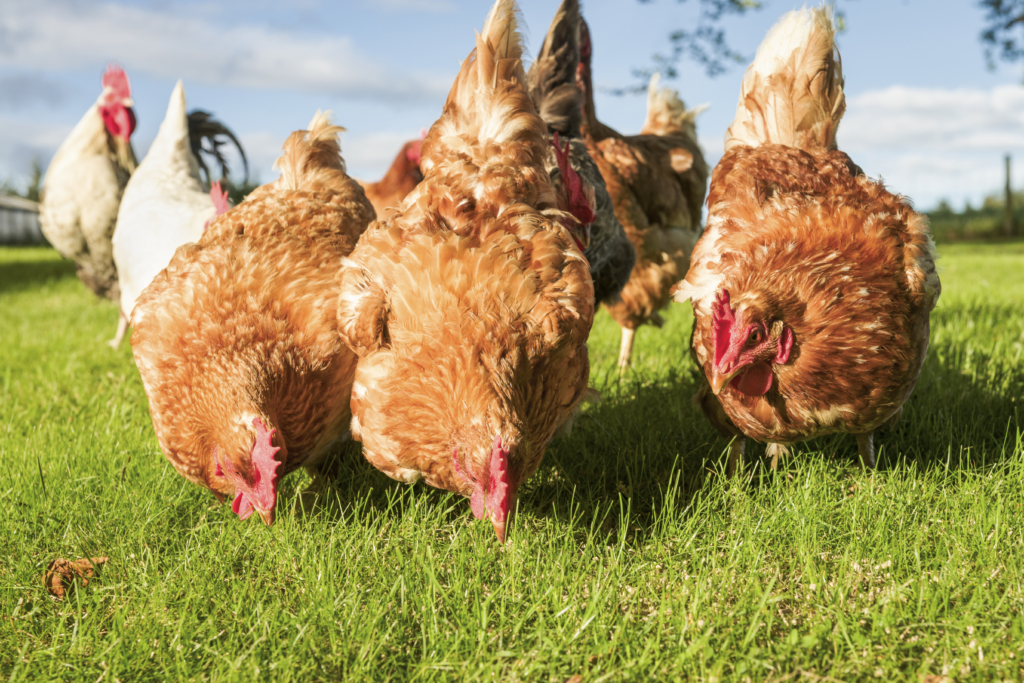
Case study
Poultry is more important now that ever. As populations grow and incomes rise, there’s higher demand for non-staple foods – of which poultry is one of the most sought after. While the poultry sector (chicken and eggs) in sub-Saharan Africa and South Asia faces many challenges in meeting the rising demand, poultry products offer great benefits to producers and consumers. There are opportunities to increase employment, incomes and nutrition and for small and medium enterprises (SMEs) to grow.
Aims of the project
DFID supports agriculture development by boosting investments and infrastructure and supporting access to markets, small and medium-sized enterprises (SMEs) in rural areas, opportunities for jobs outside these farms, and better nutrition for subsistence farmers.
DFID wanted to understand the main challenges to poultry sector market actors in sub-Saharan Africa and South Asia and what had been done by DFID-funded programmes – such as the Commercial Agriculture for Smallholders and Agribusiness (CASA) programme – and others to address these.
What we did
Wellspring supported DFID to better understand the scope of its engagement in the poultry sector and key achievements and lessons from the wider development and investment community. We developed a range of strategic recommendations for how development partners can deliver sustainable, inclusive growth and improved nutrition through interventions in the wider poultry value chains.
Opportunities for impact
We identified opportunities for wide-rangingimpacts, which we groupedunder three headings, each with different target groups and intervention entry points:
- Rural household food security: up to 80% of rural households keep chickens, and simply improving the overall health of these flocks can improve household food security and nutrition. So, to yield the largestbenefits to backyard farmers, we recommend investing in health systems that deliver quality medicines and vaccines. But we don’t recommend attempting to commercialise these indigenous poultry genetics, as a more significant shift in production inputs is needed for farmers to benefit, most importantly using breeds that can efficiently convert food into meat or eggs.
- Widespread provision of low-cost protein: all consumers will benefit from greater access to cheaper high-quality chicken and eggs, especially poor households. We recommend supporting large commercial farms – through the many available avenues – to increase their efficiency and distribution to bring prices down and increase consumption and therefore nutrition among poor households.
- Sustainable inclusive growth: we identified an exciting opportunity for DFID to play a majorrole in developing a ‘medium’ model that supports SME producers as well as SMEs providing services to the sector (such as vaccine distributors). This area leverages new research and technology and focuses on markets, skills and finance as intervention areas. And we laid out the win–win benefits of large integrated producers and small-scale grain farmers developing off-take agreements and partnerships. Large commercial millers often have the level of management, finance facilities and warehouse/silo storage to offer majorofftake opportunities to smallholder maize and soybean farmers, providing a stable market and higher incomes.
It’s vital to match clear objectives to the right intervention models and results frameworks. Programme structuresmust be genuinely adaptable, and include appropriate continuous learning frameworks, partners and the right implementing team. The key levers of technical assistance, finance and targeted action-learning and research can deliver much of what CASA hopes to achieve, as well as across the wider poultry sector.




